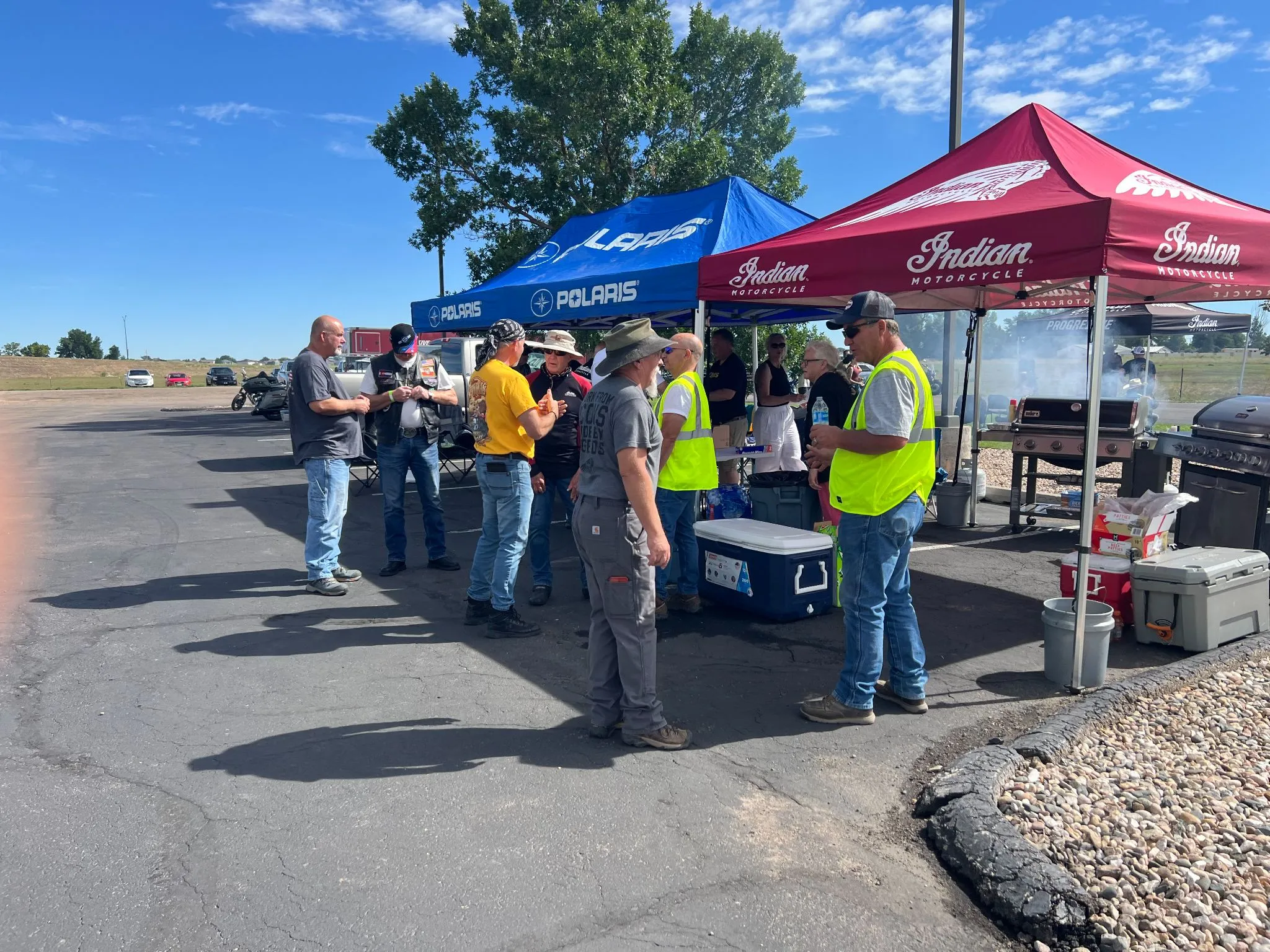Downsides of mixing politics with electricity
There is an orchestrated campaign by climate activists to close down the Rawhide Energy Station 26 miles north of Fort Collins. In the press and at local government meetings they are pushing for the adoption of resolutions calling for 100 percent renewable electricity by 2030.
For background, Platte River Power Authority is the wholesale electricity provider for Fort Collins, Loveland, Longmont and Estes Park. This arrangement has been in place since 1973. The primary source of electricity from PRPA is the Rawhide Energy Station.
Rawhide is a mixed-use site with a coal-fired unit, natural…
THIS ARTICLE IS FOR SUBSCRIBERS ONLY
Continue reading for less than $3 per week!
Get a month of award-winning local business news, trends and insights
Access award-winning content today!




